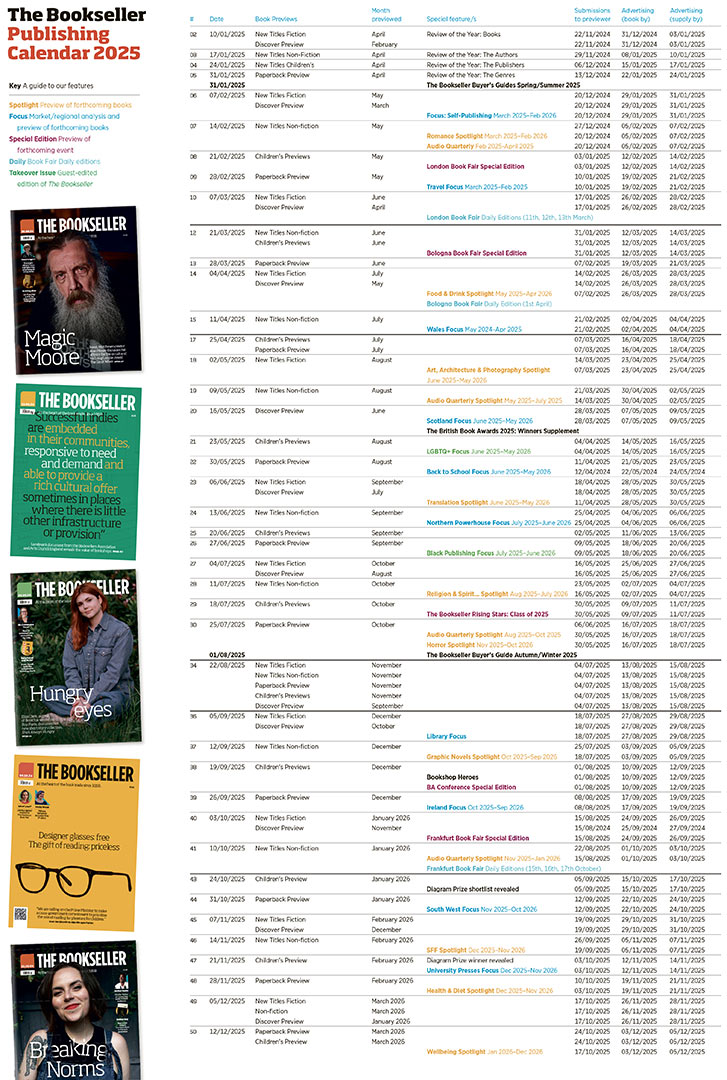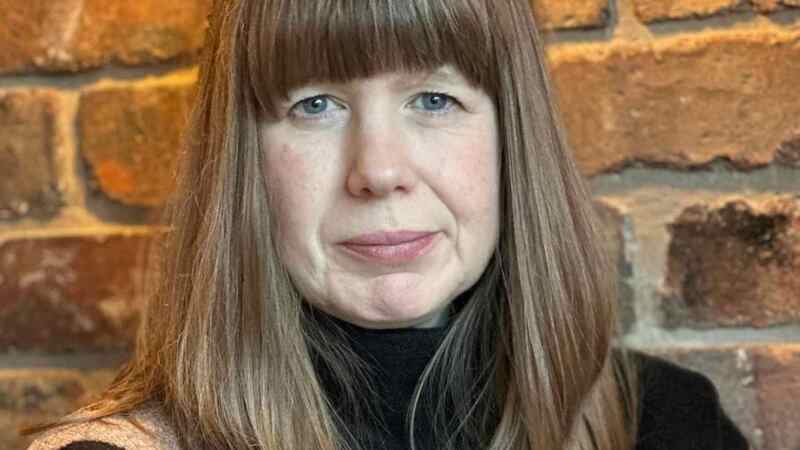You are viewing your 1 free article this month. Login to read more articles.
Pearson profits down 9%
Over 3,300 employees have left Pearson in the last year as the company bids to transform from a print to a digital business.
Pearson's profits for 2013 were down 9% to £736m on underlying basis after net restructuring charges – 4% lower than it predicted this time last year. Pearson blamed the plunge in profit on fewer people enrolling in higher education in its core US market and the impact of curriculum changes in both the US and the UK. It was also hit by £135m in restructuring charges during the year due to the accounting impact of the Penguin Random House merger and other restructuring costs.
Overall sales were up 2% to £5.2bn excluding Penguin sales, with the consumer publisher de-merged on 1st July.
John Fallon, c.e.o of Pearson, revealed during an investors call that the majority of the 3,300 employees to have left the company in 2013 were connected to the textbook publishing business, working in production, warehousing, sales and marketing. While he refused to reveal the numbers who would be impacted in 2014 as the restructure continued, Fallon said that “the purpose of restructuring is not to downsize the overall size of Pearson”, and he said 900 people also joined the company last year.
The rapid transformation of Pearson from a print to a digitally-focused business was underlined by print related sales now accounting for just 40% of Pearson’s business, according to Fallon, down from 60% five years ago. “We are on track to see 70% of our sales as digital services by 2015,” he said.
Fallon added that the company was completing six years’ worth of restructuring in just two. “It is difficult in that this is the biggest restructuring of Pearson’s history,” Fallon said. “We are having to invest head of our cost savings and we are doing it at a time that our biggest business is facing the most difficult transition of its time.” However, Fallon was adamant the transition would be “short” and would “pay off in 2015” when he believed its core US market would stabilize.
“The headline message is that Pearson grew very strongly throughout 2010 on the back of some very good underlying sales growth, but since then we have found underlying growth much harder to come by,” Fallon said. To get the company growing again, Pearson was investing in the areas that were growing well – mainly digital services and emerging markets - and reducing spending in areas that aren’t growing – mainly textbooks publishing.
By the end of 2014 the company will have halved its global warehousing from 6m sqft to 3m sqft in two years, another way the company is reducing costs in its textbook publishing division.
Pearson was also “surprised” by students signing up to online courses at a quicker rate than it had anticipated, which meant booksellers ordered and sold fewer books in December. “Sales are shifting out of December into January,” Fallon said.
Pearson reported Penguin sales for the first half of the year were £0.5bn, while adjusted operating profit attributed to Penguin and Penguin Random House after the de-merger was reported to be £78m. A fuller picture of Penguin Random House's financials will emerge when Bertlemann reports its full year results on 26th March.
However, Pearson added that Penguin Random House traded well in the second half of the year, with a "strong bestseller performance in all major territories". The pro forma e-book share of Penguin Random House global revenue was 20%. "E-Book growth for Penguin continued but at a slower rate, while Random House e-book sales declined significantly year on year due to much lower sales for the Fifty Shades trilogy."
Pearson said it expected to spend approximately £50m on restructuring and a further £50m on investment in growth opportunities in digital, services and emerging markets in 2014.















